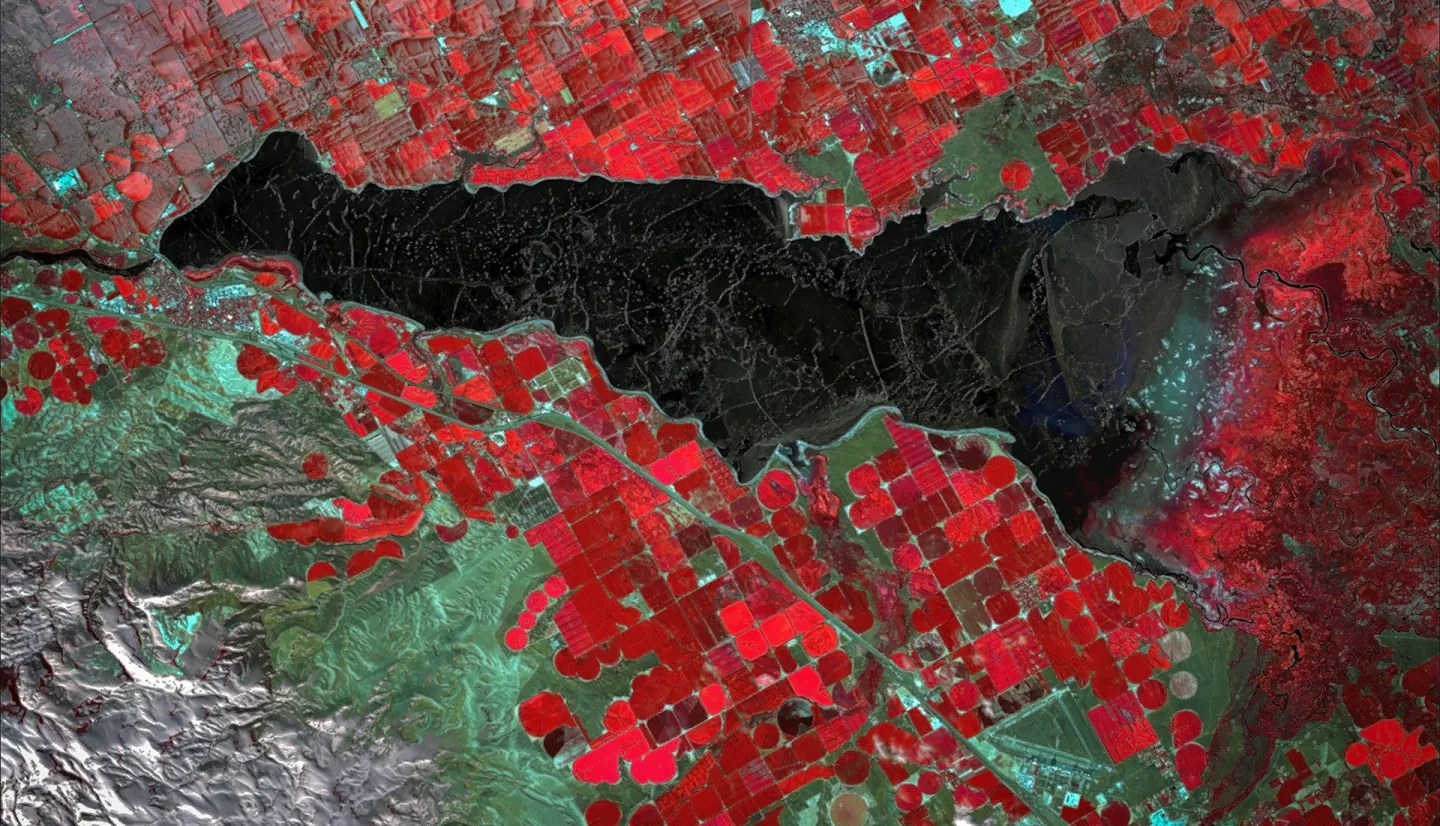Idaho Ecological Conservation (2023 Spring)
Team: Preethi Malur Balaji (Project Lead), Talissa Cota, Kangsan Lee, Melissa McNally
Summary: Management Area in Bingham County, Idaho, has an issue with decadent and accumulated vegetation growth encroaching on wetland habitat, which presents challenges for wildlife, decreases biodiversity, and limits public access. Land managers introduced targeted cattle grazing in January 2021 to reduce biomass. NASA DEVELOP partnered with the Idaho Department of Fish and Game to determine the impact of the grazing by using NASA Earth observations from Landsat 8 Operational Land Imager in Google Earth Engine. Images were processed with TerrSet’s Land Change Modeler and ArcGIS Pro’s Change Detection Wizard to further understand the land changes after grazing. A Normalized Difference Vegetation Index analysis was performed to assess the impacts on vegetation productivity and to compare variances in biomass before and after grazing. A Normalized Difference Water Index was used to compare changes in ground moisture content to evaluate the suitability of the area for migratory birds post-grazing. Results showed a decrease in the vegetation index and an increase in the water index post-grazing. The DEVELOP team’s analysis suggests that the grazing helped break down the thick, senesced vegetation and increased the ground moisture. Providing a workflow model allows partners to continue monitoring in this area and other management areas around the state.



